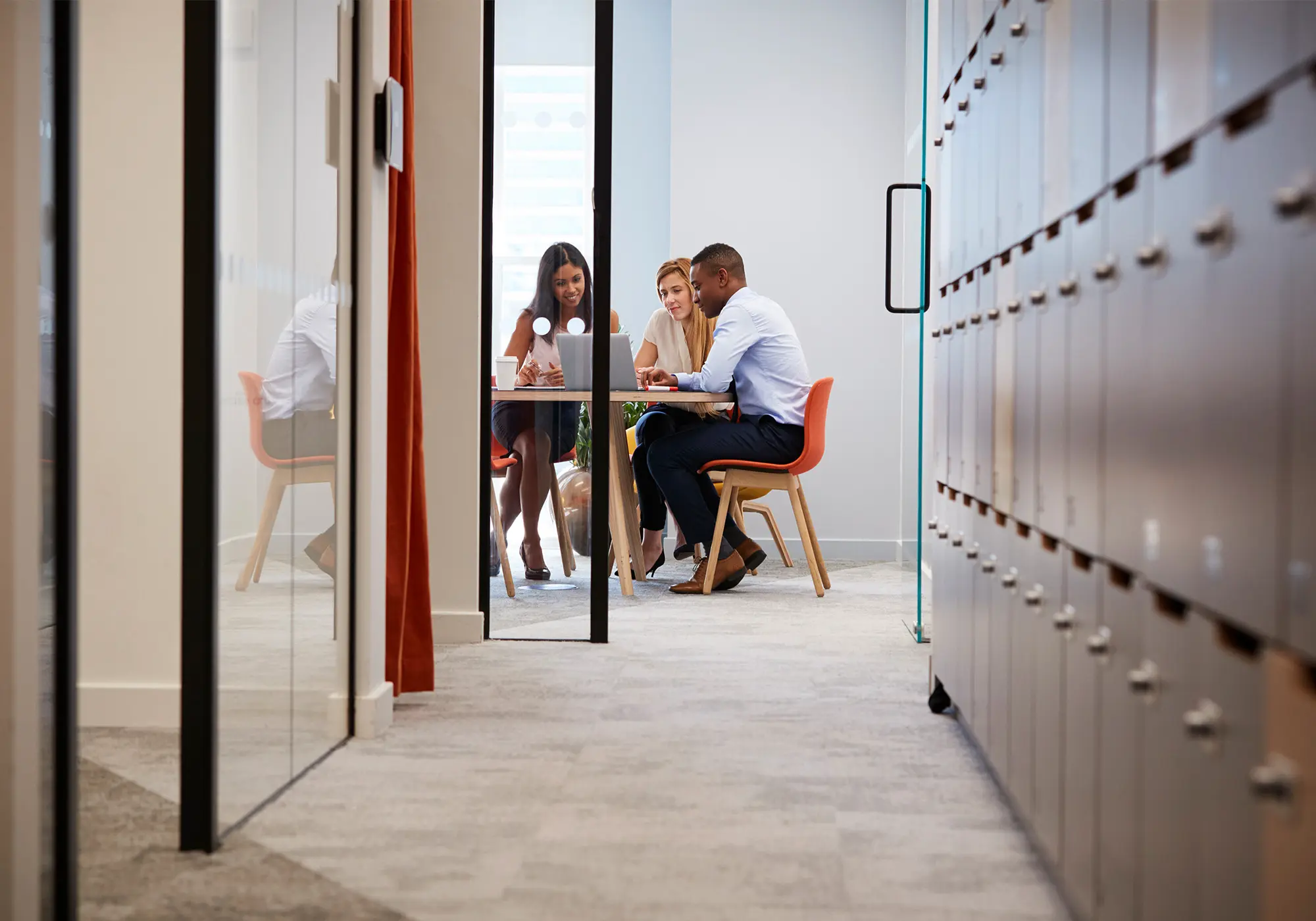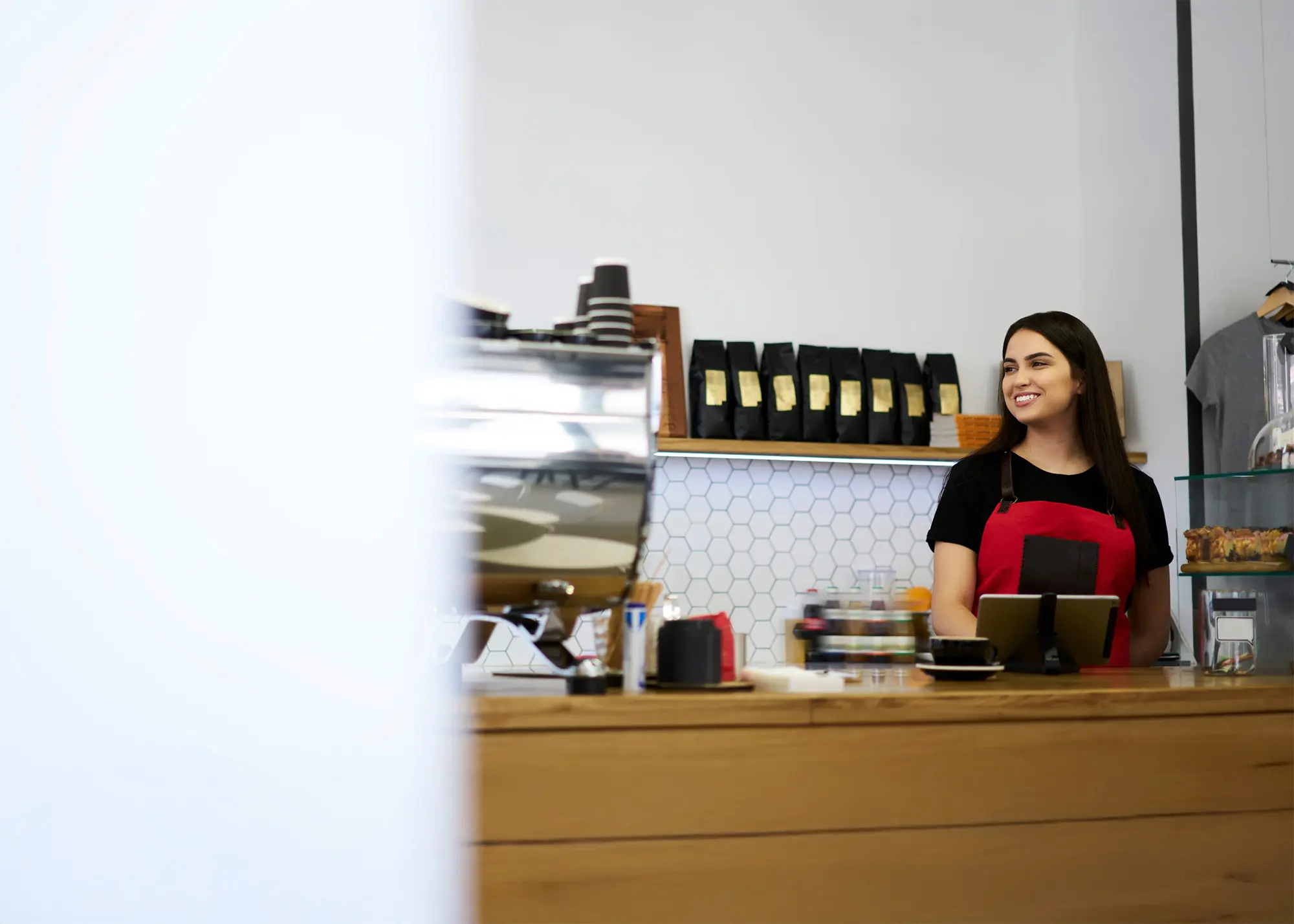Habituation – The decline in responsiveness to a stimulus due to repeated exposure.
The process of habituation has its uses, in fact, life would be unbearable to get through without it. This process is the one that helps us to grieve or sleep well. But so often, allowing the process of habituation to enter every aspect of your life masks any need for development or opportunity to change, purely because you just won’t see what could be done to make something better.
To revolutionise your approach to thinking is difficult, it almost goes against every part of your nature.
Habituation is a natural process and contributes to your sanity and helps us to rationalise in every day life by constantly creating loops of time and process (routines) offers the opportunity to evolve and incrementally improve, tweak or change the subtleties of our life. An obvious example of a ‘loop’ would be a single year: A repeating series of 365 individual days (each one in their own right a repeating loop of 24 hours).
Bringing this back to creativity, how is habituation relevant?
As creative problem solvers, if we were to approach each project, requirement or brief with exactly the same approach, because that’s the ‘process’ we’ve developed, then chances are the results will not be quite as prolific as they could be. Not saying it would fail, just saying it could be better.
Alternatively, if every new project was dissected beyond the layers of the initial brief throwing away all of our habits of approach, then you could be sure that this solution is the very best it could be.
How? Because your initial evaluation of the brief would make you think way beyond the immediate client requirement and focus more on the actual aims and objectives of the project. Ask yourself this; Is the client right? Is this really what they need to achieve their goals? Are they themselves creatures of habit and only requesting a solution that is within the boundaries of their knowledge? Are they just asking for a solution that worked for them before? Is that solution still relevant now?
Adding value is something we at Lyfe Studio pride ourselves on, and to be able to truly add value to a client you have to think in a way that allows you to see the vast opportunities in the void between the brief and the obvious solution. It is human nature to find the most efficient way of getting from A (problem) to B (solution), which generally means repeating the process of something you’ve done before as that is where you find efficiency. But is this the best way to approach a brief? I think not.
The environment (and loops) we have created for ourselves makes free-thinking very difficult and the people who manage to achieve this are generally labelled as inventors, pioneers or nobel prize winners.
My challenge to you would be to evaluate the environment around you right now, use all of your senses and ask yourself what was wrong with it? Think about the micro and the macro and challenge yourself to find a solution to a problem that you have just come to accept through habituation, no matter how small.
Also think of time as a more linear and constant occurrence, scientists will often spend a lifetime trying to solve just one problem, never thinking in hours, days, months or even years. Just a linear constant until they achieve their goal. So if you have something to do that really matters just get it done and don’t let the ‘loops’ get in the way, as they are often points of procrastination.
Take that approach and apply it to as many of the ‘loops’ you have in your life, make things better… Become an inventor!
And remember:
If you do what you always did, you’ll get what you always got!





